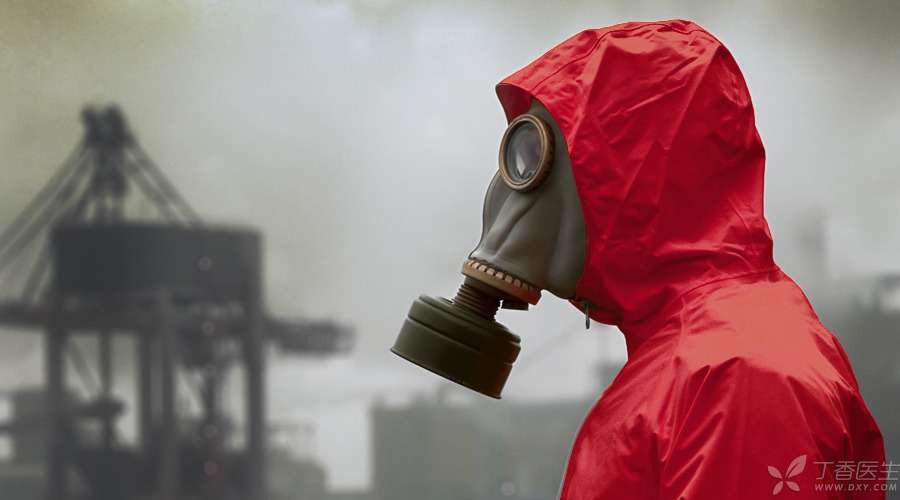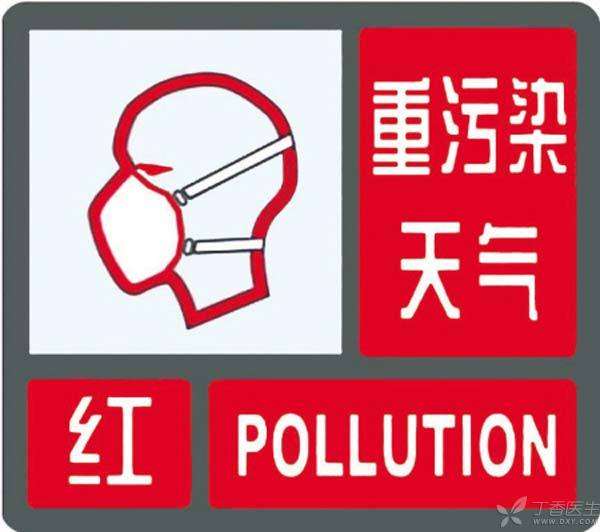
The Beijing Municipal Emergency Office issued a red alert for heavy air pollution at 18:00: 00 on December 7, 2015, that is, the city will start a red alert for heavy air pollution from 7:00: 00 on December 8 to 12:00: 00 on December 10.
This is the first time that Beijing has launched a red alert for heavy air pollution.

I believe many rhinitis patients will feel very headache, and clove doctors as far away as Hangzhou actually do not feel superior to what, because Hangzhou also! Fog! Haze! I believe most parts of the country are more or less troubled by smog.
Today, let’s talk about how to deal with allergic rhinitis caused by smog.
Allergic rhinitis will how?
Nasal obstruction, clear nasal mucus, sneezing and nasal itching are the most common symptoms of allergic rhinitis.
Although it is generally believed that allergic rhinitis will not die if it is not accompanied by individual cases of severe asthma or severe allergic diseases, it is better to die if allergic rhinitis is committed.
How does the doctor deal with allergic rhinitis?
The treatment of allergic rhinitis mainly includes drug therapy, immunotherapy, avoidance of contact with allergens, surgical treatment and other adjuvant treatments.
1. Try to avoid exposure to allergic substances
- Reduce the number of dust mites in the room; Maintain the relative humidity of living space below 60%, but too low (e.g. Below 30% ~ 40%) will also cause discomfort; Clean carpets, bedding, curtains, mite allergens dissolved in water, washing textiles can remove most of the allergens; Pollen sensitization season, avoid allergens; Patients who are allergic to animal fur avoid allergens; Use air purifier, vacuum cleaner, etc. with filter screen; Wear a mask when you go out.
Avoiding contact with allergens is the most effective way to deal with allergic rhinitis. However, due to the close relationship between living environment, diet and climate, it is difficult to achieve the purpose of clinical improvement of symptoms by relying solely on this point.
2. Medication
There are two common drug treatments, oral and nasal.
Oral and nasal antihistamines, nasal glucocorticoids, oral anti-leukotriene drugs, oral and nasal chromones, etc. can relieve nasal itching, runny nose, sneezing and other symptoms. In addition, nasal drops or nasal sprays made of vasoconstrictors can also be used to relieve nasal congestion symptoms.
Here is a friendly reminder: try to choose the second generation and new H1 antihistamines. The first generation of antiallergic drugs has obvious lethargy side effects. The course of treatment is not less than 2 weeks. As for what [second generation antihistamines] are, click here to view them.
It should be emphasized that many people have severe nasal congestion and will use nasal drops that constrict blood vessels (such as fuma nasal drops, ephedrine nasal drops and some so-called [pure traditional Chinese medicine] nasal drops containing ephedrine components, etc.). They mainly rely on constricting blood vessels to relieve symptoms. Long-term use will lead to atrophy of nasal mucosa, decline of nasal physiological function and sense of smell.
3. Specific immunotherapy
Immunotherapy is a treatment method that changes the natural process of allergic diseases through immune regulation mechanism.
Through treatment, some patients not only obviously relieve or disappear the symptoms of allergic rhinitis, but also prevent the development of allergic rhinitis to asthma and inhibit the occurrence of new allergens, which is a curative effect that cannot be obtained by drug therapy.
Early specific immunotherapy is especially important for children with allergic rhinitis.
Specific immunotherapy approaches include subcutaneous, sublingual, oral, nasal and inhalation, among which subcutaneous immunotherapy and sublingual immunotherapy are commonly used.
Specific immunotherapy refers to repeated contact with patients with gradually increasing doses of allergen extract (vaccine) to gradually adapt the body’s immune system and finally produce a non-inflammatory response state to allergen stimulation in the external environment, i.e. Induce immune tolerance, thus achieving control or alleviation of allergic symptoms.
Compared with conventional drug therapy, One of its advantages is that it still has long-term curative effect after treatment is stopped. Secondly, studies have shown that specific immunotherapy is the only method that can change the natural process of allergic diseases by regulating immune mechanism, which can prevent allergic rhinitis from developing into asthma and reduce the occurrence of new allergens, which cannot be achieved by conventional drug therapy.
4. Other adjuvant treatments
Common ones include nasal cavity flushing, pollen blocking agent, etc.
5. Surgical treatment
Nasal obstruction has not improved after drug treatment or drug treatment.
6. Health education
We should seriously follow the above methods to improve our lifestyle and regular treatment, so that the therapeutic effect can be guaranteed.
What is the scientific treatment plan?
We should go to the allergen department to find out the allergen. Antiallergic treatment and specific immunotherapy combined with standard treatment, so that good control of allergic rhinitis, avoid the development of asthma. Finally, or patiently waiting for the air quality to become better is also a way, Beijing Emergency Office predicts that from December 9 onwards, the night affected by cold air, air quality will gradually improve.
